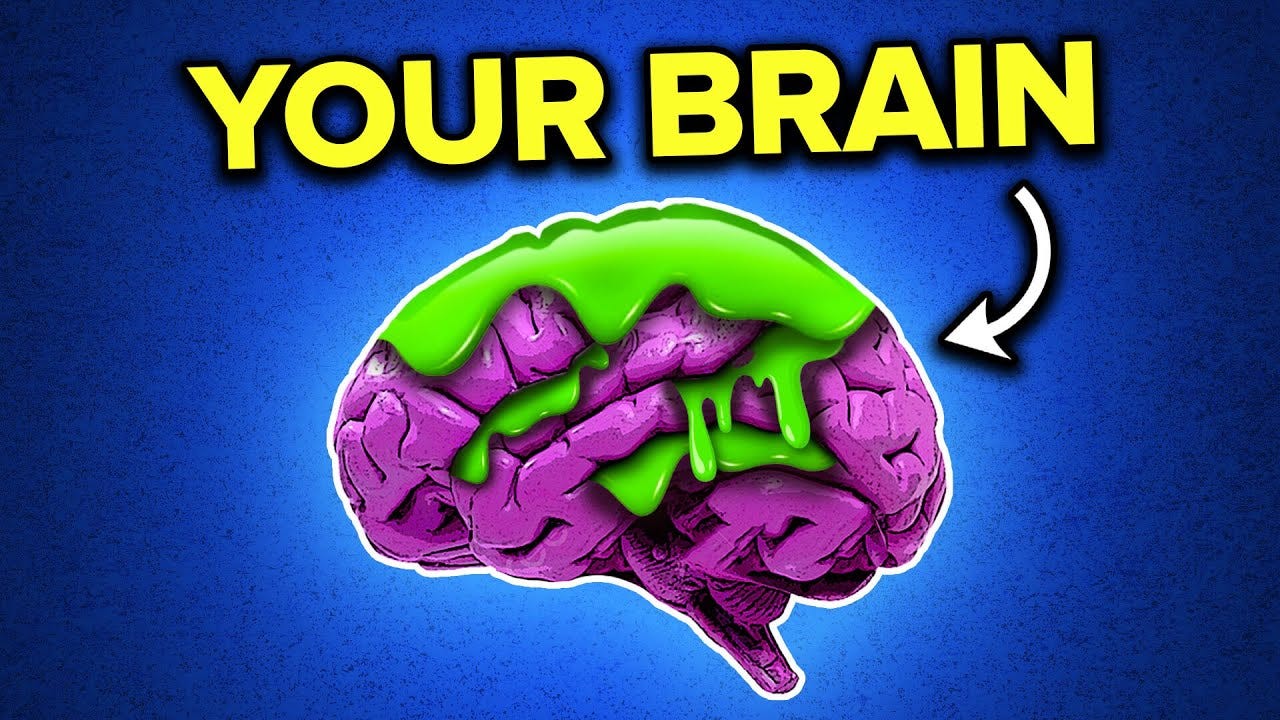⏱️ Read Time: 5–6 minutes
What began as harmless entertainment has rapidly morphed into a digital phenomenon altering how young people think, feel, and live. From endless TikTok scrolls to chaotic YouTube edits, "brain rot" content — a slang term for low-effort, overstimulating, and often meaningless media — has taken over Gen Z's and Gen Alpha's screens. And while it entertains, it's also reshaping attention spans, emotional development, and even self-worth.
A New Attention Economy
Brain rot content thrives on speed and dopamine. Flashy visuals, exaggerated voices, fast editing, and repetitive sounds are designed to keep users watching — even when nothing is actually being said. Teen brains, which are still developing, are especially vulnerable to this constant stimulation. A 2023 study published in JAMA Pediatrics found that adolescents who frequently consumed short-form video were more likely to exhibit signs of attention-deficit behaviors after just 6 months.
Humor as Escape — and Disconnection
Much of this content is drenched in absurdity. It uses irony, nonsense humor, or chaotic editing as a form of detachment from reality — what some psychologists call "post-ironic disengagement." For many teens, this becomes a coping mechanism in a world they find too overwhelming or disappointing. But the downside? It often blunts emotional expression and encourages apathy toward real-world issues, creating a kind of digital numbness.
Replacing Identity With Algorithms
Teens are increasingly mimicking what they consume. When humor, language, and even values are shaped by endless streams of stitched memes, low-effort commentary, or sped-up audio clips, identity development becomes outsourced to the algorithm. Platforms like TikTok and YouTube Shorts don't just show what's trending — they become the trend. Many young users are now defining themselves through their "For You Page" — not through lived experiences or real-world social groups.
The Decline of Boredom and Imagination
Endless stimulation leaves no space for boredom — yet boredom is essential for creativity and emotional processing. Brain rot content fills every idle second: waiting in line, eating meals, or before bed. The result is a generation that's uncomfortable with stillness and unused to sustained effort. Educators report increasing difficulty getting teens to focus on long-term tasks or absorb non-visual information.
Not All Is Lost
Still, it's not entirely bleak. Awareness is rising. Platforms are introducing screen time limits, and some creators are consciously making "slow content" to counteract the trend. Parents and educators, too, are beginning to question not just screen time — but screen quality. And many teens are surprisingly self-aware, joking about their "rotting brains" while still craving something deeper.
Conclusion
"Brain rot" content is more than just a meme — it's a mirror reflecting a deeper issue: overstimulation in a digitally dominant world. For a generation raised on speed and spectacle, the greatest rebellion may not be logging off — but learning to slow down, think deeply, and reclaim control over what they feed their minds.



